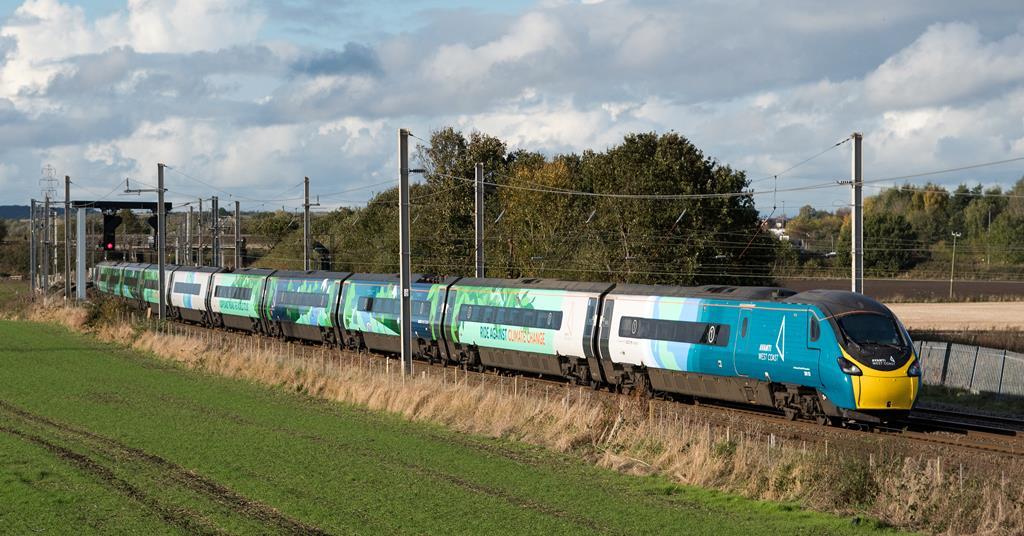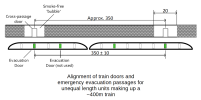Trainbike46
Established Member
I still think the best solution for Scotland (and Liverpool, Blackpool, and Lancaster) is too extend platforms to 400m at at least Crewe and Carlisle, and then run:
2 tph London - Carlisle (split) - Edinburgh/Glasgow*
2 tph London - Crewe (split) - Liverpool (2tph)/Blackpool(1tph)/Carlisle(1tph)*
*For simplicity, I have not included all stops on these services, but there would be stops not listed here.
If capacity allows, it would be good to run the Scotland train more frequently, e.g. 3/4 tph.
That means the only place that really needs 250/300m trains would be the Manchester services. A better way to resolve the capacity drop there might be to increase the service frequency, e.g. to 4tph instead of the current 3tph.
Gibb's proposal to insist on tilt is wrongheaded in my view, it just adds cost, at a significant disadvantage for passenger comfort. Better to accept the slightly lower top speed on the classic lines.
2 tph London - Carlisle (split) - Edinburgh/Glasgow*
2 tph London - Crewe (split) - Liverpool (2tph)/Blackpool(1tph)/Carlisle(1tph)*
*For simplicity, I have not included all stops on these services, but there would be stops not listed here.
If capacity allows, it would be good to run the Scotland train more frequently, e.g. 3/4 tph.
That means the only place that really needs 250/300m trains would be the Manchester services. A better way to resolve the capacity drop there might be to increase the service frequency, e.g. to 4tph instead of the current 3tph.
Gibb's proposal to insist on tilt is wrongheaded in my view, it just adds cost, at a significant disadvantage for passenger comfort. Better to accept the slightly lower top speed on the classic lines.


